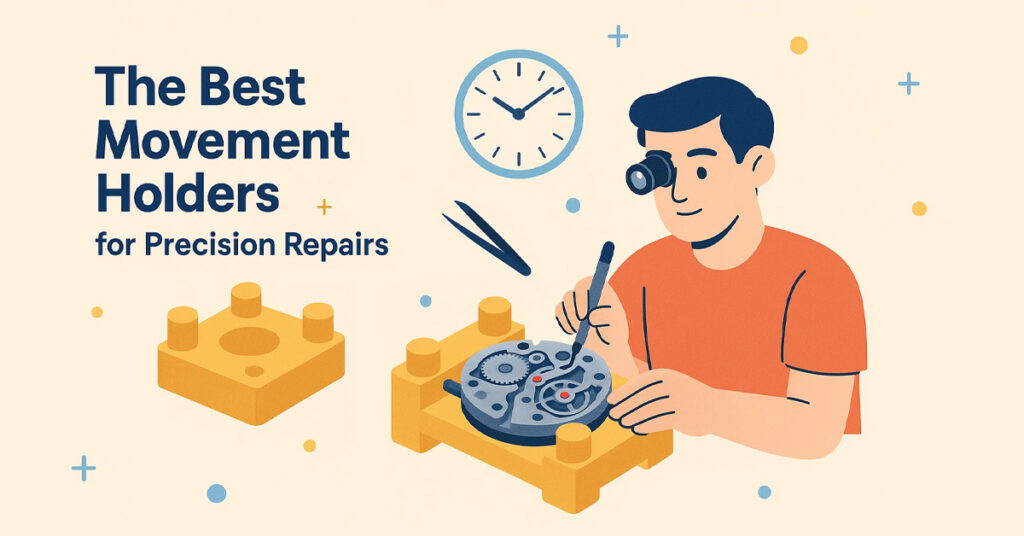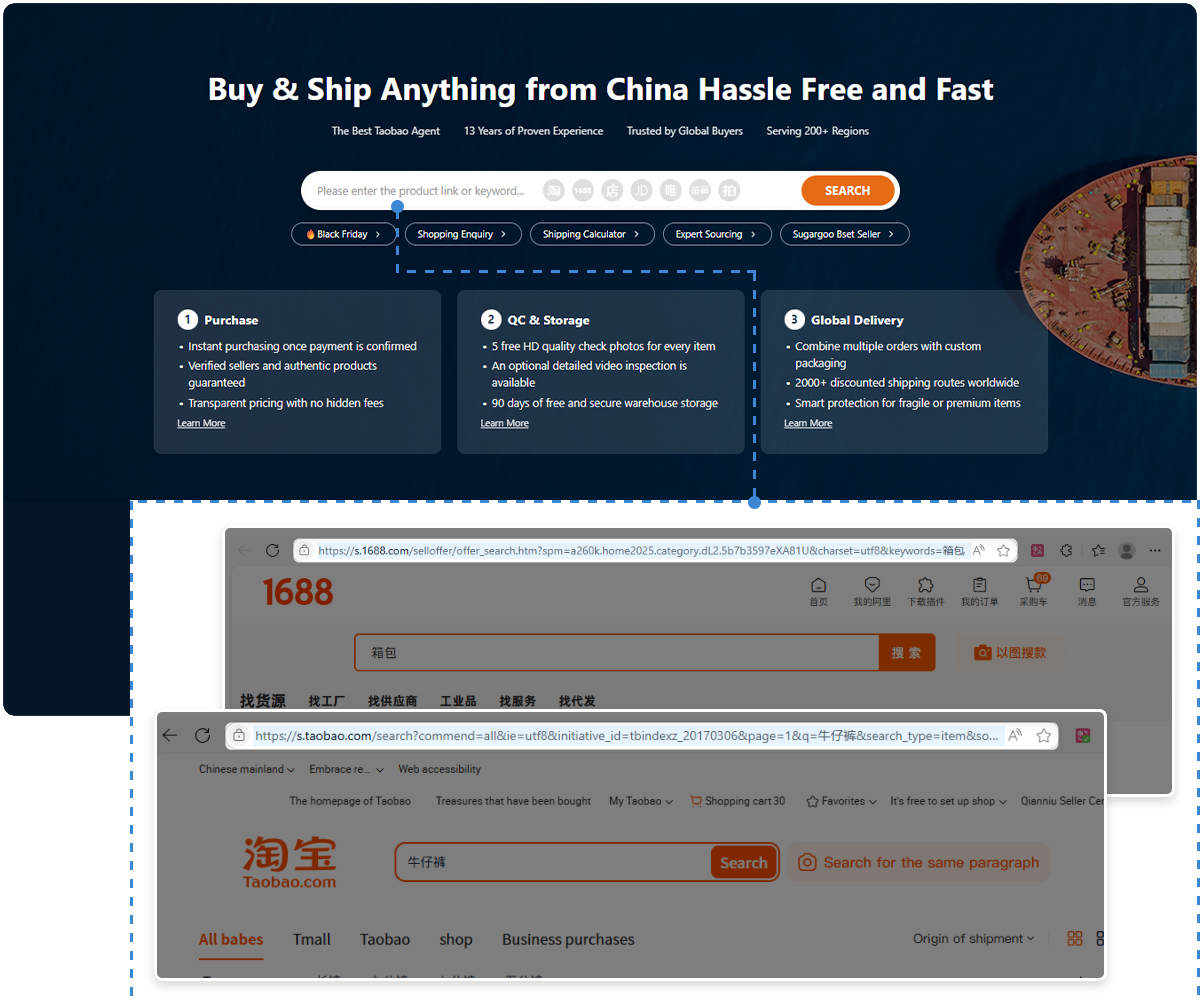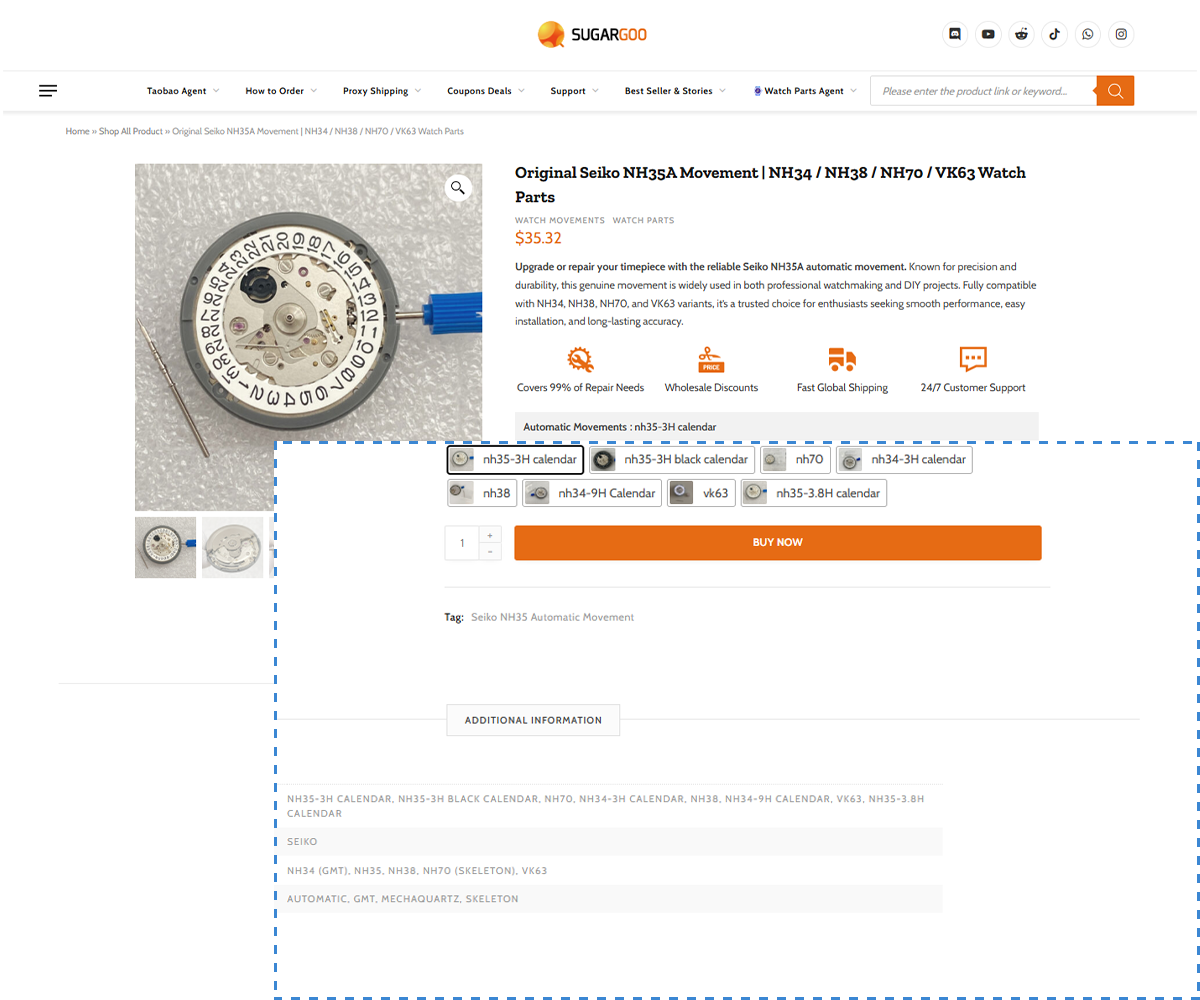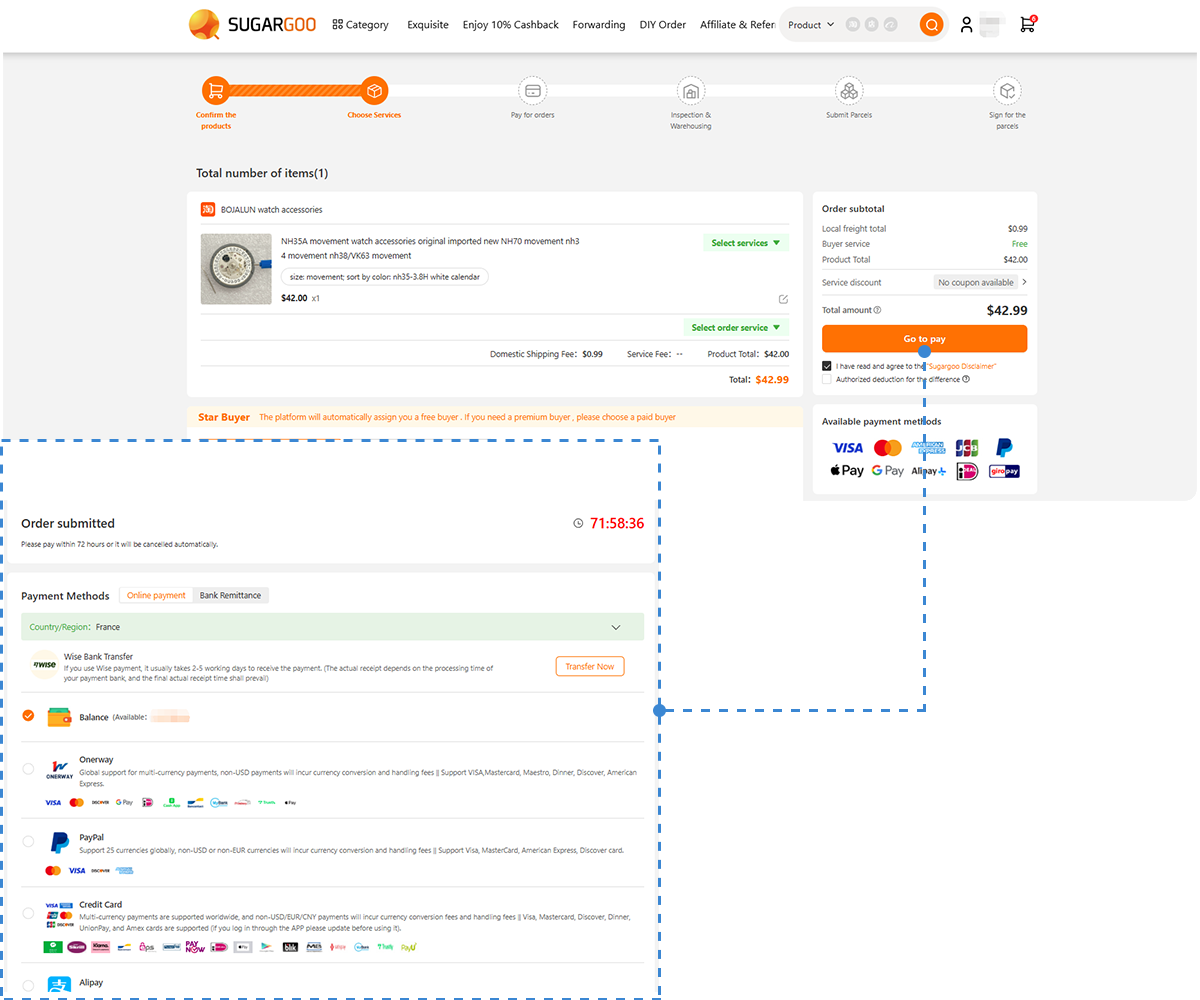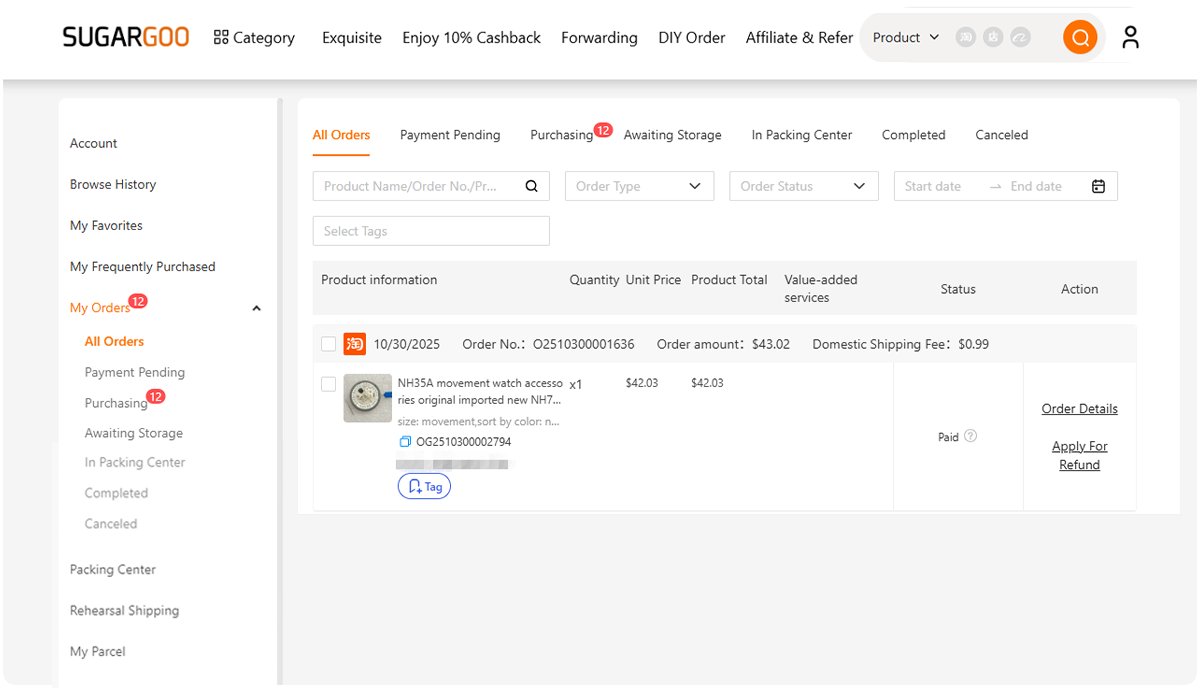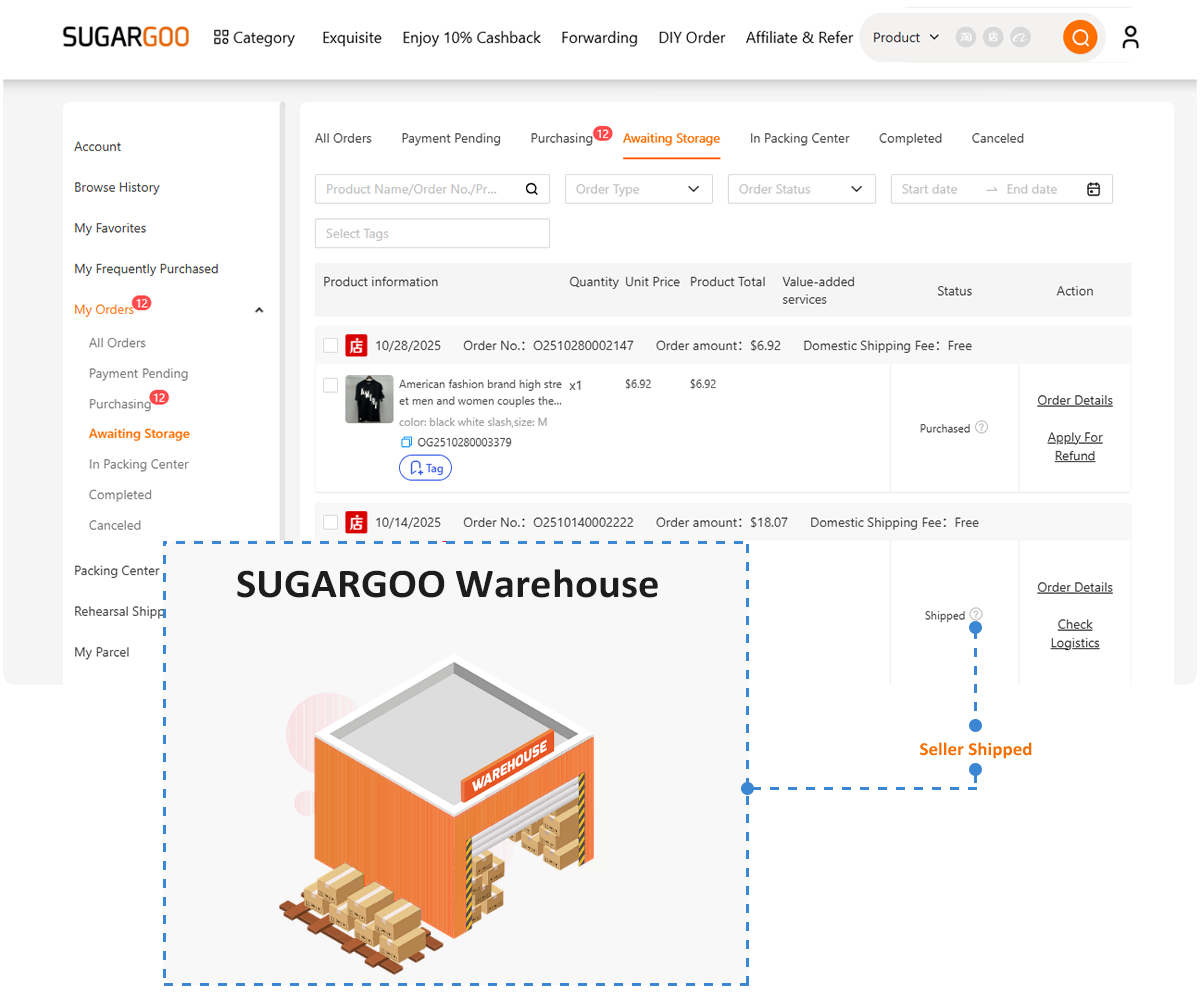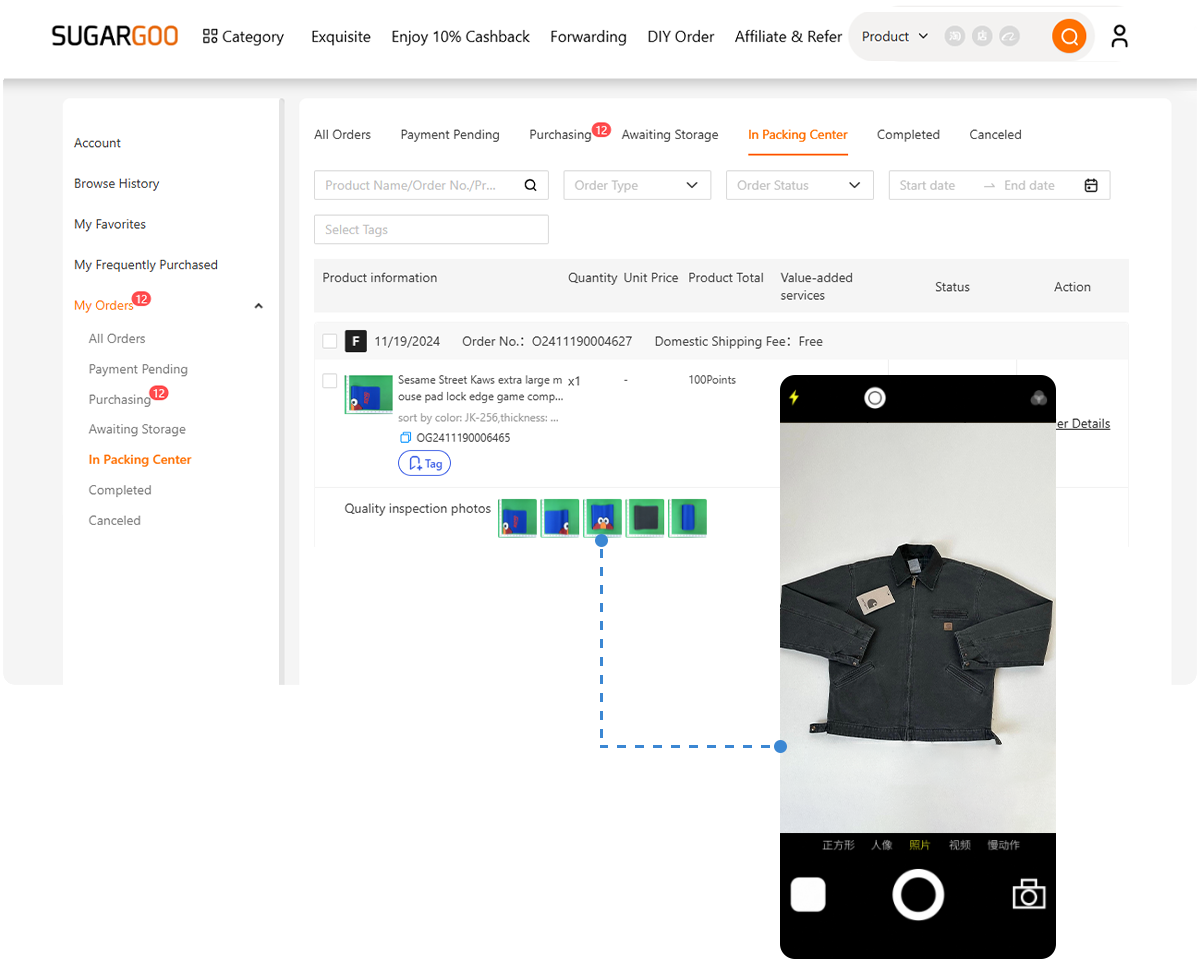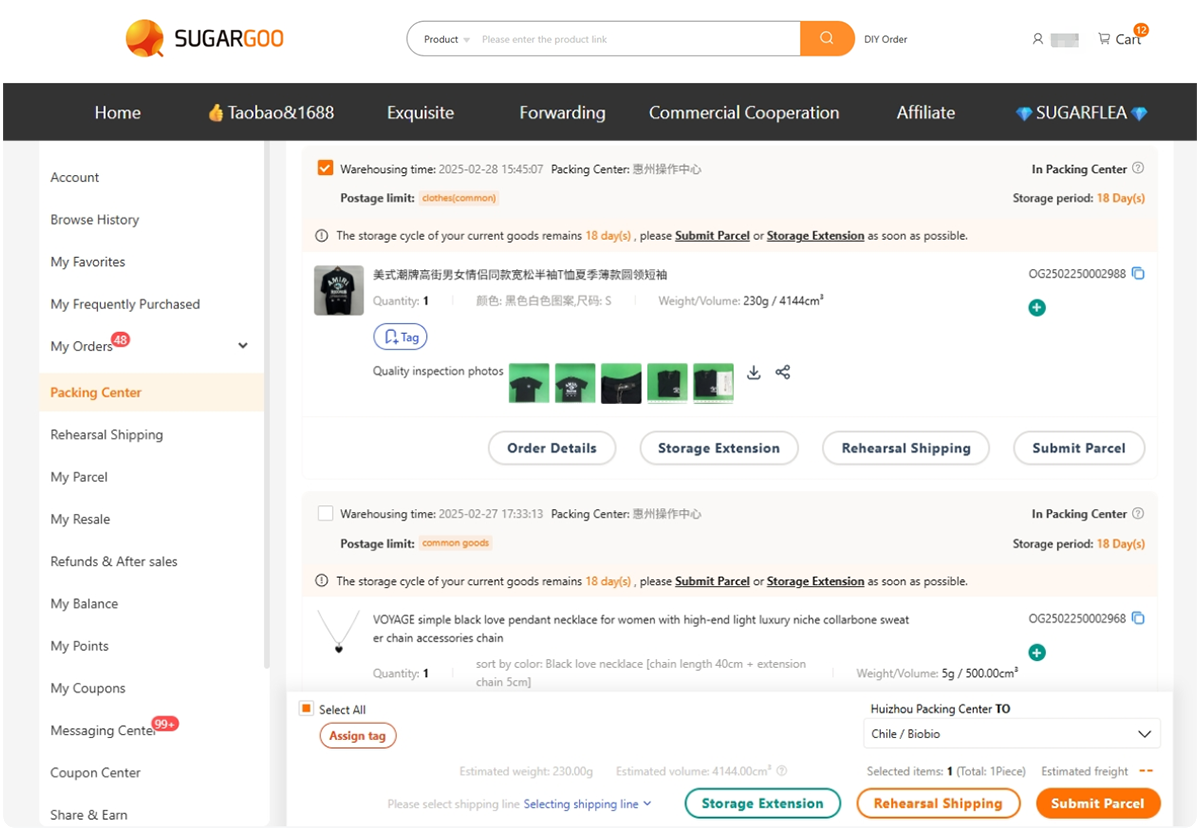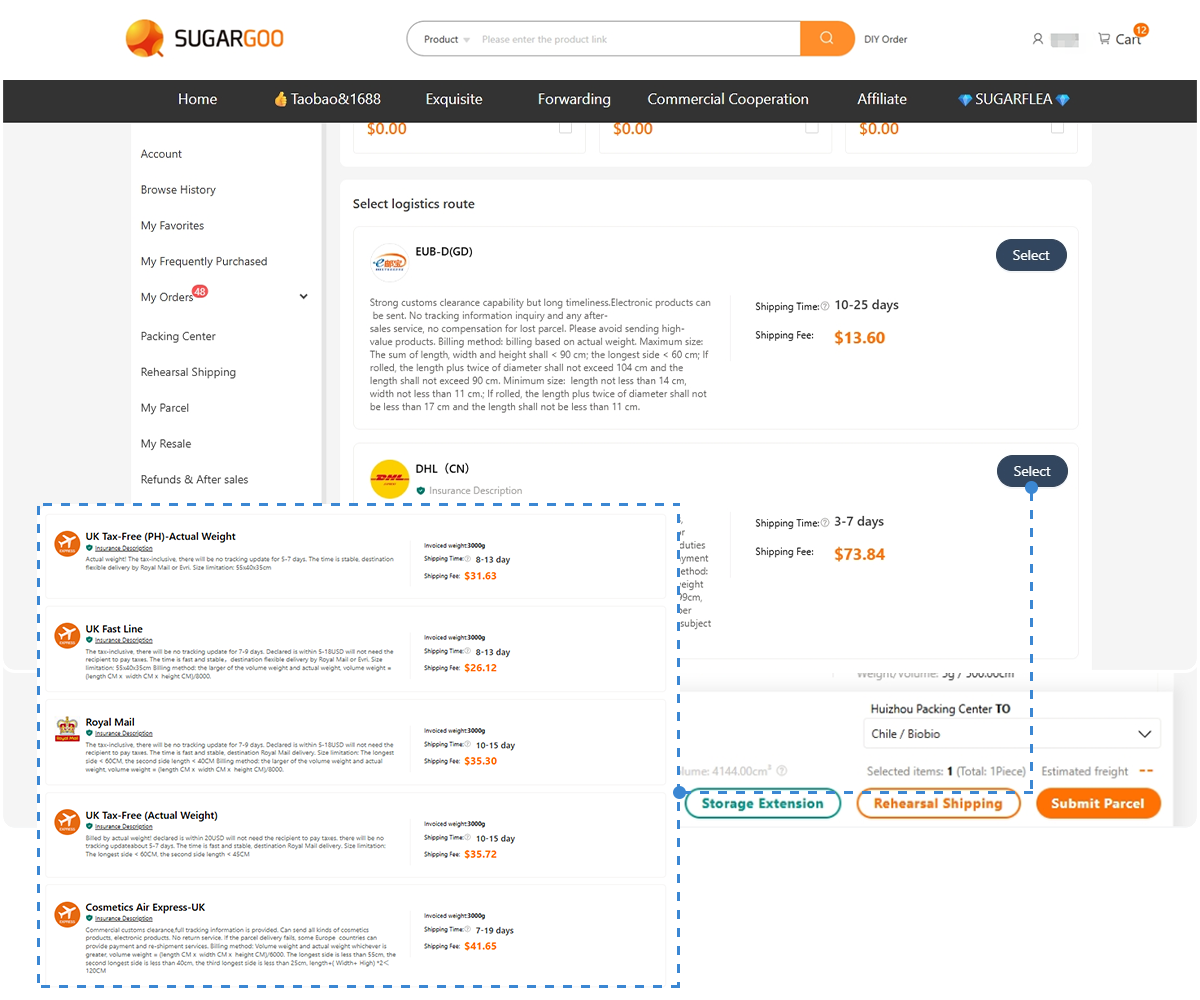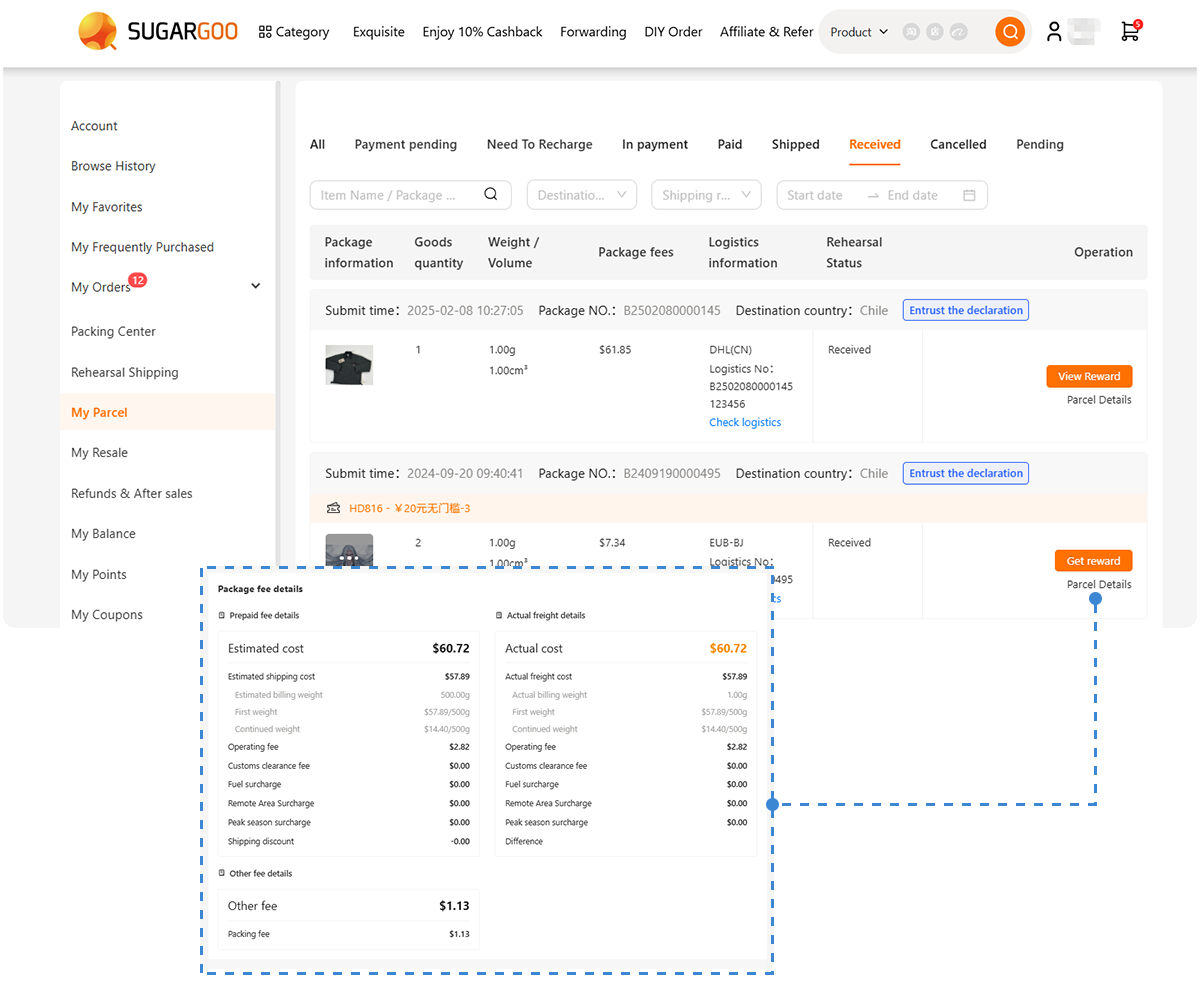When you’re working on a watch movement — whether it’s a Seiko NH35, an ETA 2824, or a Miyota 8215 — nothing matters more than stability.
A single slip of your tweezers, a hand press at the wrong angle, or an uneven surface under the mainplate can turn a simple repair into a disaster.
That’s where a movement holder becomes your most important ally.
It’s not glamorous like a sapphire crystal or a polished case, but it’s the quiet foundation of every successful mod, assembly, and regulation.
In this deep guide, we’ll explore what makes a movement holder reliable, which types work best for different calibers, and how to choose one that fits both your workflow and your bench.
Why a Movement Holder Is More Important Than You Think
Many beginners assume a movement holder is just “a ring to hold your watch movement.”
But for precision work, it’s the difference between mastery and mistake.
Every movement — from a Citizen 9015 to a Seiko NH36 — requires precise alignment when installing hands, adjusting balance wheels, or reassembling the mainplate.
If the movement shifts even half a millimeter during handling, you risk:
- Scratching bridges or plates
- Damaging pivots or jewels
- Misaligned hands
- Bent stems or crown tubes
A stable holder ensures that your tools move, not your movement.
What to Look For in a Good Movement Holder
There’s no one-size-fits-all solution, but professional-grade holders share key traits:
- Solid Clamping Stability – Should grip the movement evenly without scratching.
- Material Quality – Brass, aluminum, or steel for precision; plastic for casual modding.
- Multi-Caliber Adaptability – Adjustable for different movement diameters (e.g., 25–39mm).
- Low Profile – Keeps your movement flat on the bench for hand-setting clearance.
- Easy Rotation – Some holders rotate 360° to regulate or oil escapements.
If your goal is accuracy in hand placement, regulation, or cleaning, these traits are non-negotiable.
Common Types of Movement Holders
Let’s break down the main types and when to use them.
1. Adjustable Metal Movement Holder
The most popular type among modders. Usually, it is brass or anodized aluminum with adjustable jaws.
- Best for: NH35/NH36, ETA 2824, Miyota 8215, ST36 movements
- Pros: Durable, precise, compatible with most calibers
- Cons: Requires careful tightening to avoid scratching plates
Pro tip: Use thin paper or plastic film between the clamp and movement for extra protection.
2. Fixed Plastic or Resin Holders
This product is inexpensive and ideal for beginners or fast part swaps.
- Best for: Seiko or Citizen movements where exact torque isn’t critical
- Pros: Lightweight, cheap, anti-static
- Cons: Not suitable for professional regulation or heavy hand pressing
Use this if you’re still practicing, or if you’re holding a donor movement during testing.
3. Professional Rotating Movement Holder (with Base)
The dream setup for precision watchmakers. Often paired with a vice or stand.
- Best for: Complex repairs, lubrication, or escapement work
- Pros: 360° rotation, stable base, ideal for microscope work
- Cons: Expensive, heavy, not portable
This type is what professionals use when regulating or inspecting balance amplitude.
4. Movement Holder for Case Work
These holders match case geometry — for pressing crowns, testing stems, or aligning dial feet.
- Best for: Alignment during case fitting
- Pros: Keeps movement parallel to dial plane
- Cons: Model-specific
Useful when testing the fit between the Watch Cases Replacement and Watch Movements.
Recommended Movement Holders for Popular Calibers
| Movement | Ideal Holder Type | Notes |
|---|---|---|
| Seiko NH35/NH36/NH38 | Adjustable metal, 28mm–30mm range | Most mod-friendly size |
| ETA 2824/2836 | Professional rotating or brass adjustable | Tight tolerances, needs precision grip |
| Miyota 8215/9015 | Fixed resin or lightweight aluminum | Prevents side torque during hand fitting |
| ST36 (Sea-Gull) | Heavy brass with wide jaws | For manual winding and larger plates |
| Citizen 8200/8203 | Dual-support holder (28mm inner ring) | Great for quick case tests |
Watchmaking Workflow and Movement Holders
A good holder shapes how you work.
- For movement cleaning: You’ll need an open-frame design that allows access to the bridges and the gear train.
- For hand setting: Use a flat, stable holder with room to press evenly across the dial.
- For lubrication: A rotatable holder helps align pivots without shifting the balance.
- For photography or QC: Black-coated holders reduce light reflection under macro shots.
If you ever plan to photograph your builds (and you should), a matte-finished holder will make your dial and hands look sharper on camera — perfect for product-style photos. Learn more in our Best Lighting & Tools for Watch Photography.
How to Use a Movement Holder Correctly
Most damage happens not because of bad tools, but bad handling.
Step-by-step:
- Place your movement gently into the holder.
- Adjust jaws slowly — avoid sudden clamping.
- Check alignment from top and side.
- Use soft tweezers when positioning.
- Never lift the holder by the movement — lift by the holder itself.
When setting hands, the goal is pressure symmetry. The holder’s flat plane ensures that the dial doesn’t flex — preventing broken pinions or loose hour wheels.
Combine it with a stable Watch Repair Tools setup and clean workspace.
Material Comparison: Brass vs Plastic vs Aluminum
| Material | Durability | Precision | Price | Best Use |
|---|---|---|---|---|
| Brass | Excellent | Very high | Mid | Professional use |
| Aluminum | Very good | High | Affordable | Everyday modding |
| Plastic/Resin | Average | Low | Very cheap | Beginners or testing |
Brass remains the favorite for professionals because it resists warping and holds torque evenly.
Plastic holders, while inexpensive, can deform over time — especially in humid climates.
Common Mistakes to Avoid
- Over-tightening clamps – creates micro-scratches on plates or bridges.
- Ignoring dial side protection – always cover with plastic sheet or film.
- Using dirty holders – dust transfers easily to open gear trains.
- No anti-slip mat under holder – small vibrations cause hand misalignment.
- Mixing movements – labeling holders prevents size confusion.
Watch repair isn’t just about dexterity — it’s about rhythm and organization.
Your bench setup reflects your craft.
Where to Buy Reliable Movement Holders
You can find OEM-compatible and professional watch movement holders through international suppliers, but the most versatile sourcing comes from taobao agent watchmaking channels and Sugargoo watch accessories sections.
Advantages of these sources:
- Offer both brass and adjustable versions
- Support popular calibers (Seiko NH35, ETA 2824, ST36)
- Allow custom sizing or laser engraving
- Provide bulk shipping and QC photos before dispatch
Check Watch Movement Holders under Sugargoo’s listings for verified options.
If you’re sourcing multiple tools, consolidate orders with Watch Repair Tools and Watchmakers Toolkit Checklist to save on shipping and ensure matching quality standards.
Maintenance and Care
Even a movement holder needs maintenance.
- Clean with isopropyl alcohol and lint-free cloth.
- Lubricate adjustment screws with light machine oil once per year.
- Store in a dry case to prevent oxidation.
- Label each holder with movement sizes for easy identification.
For modders working on multiple projects simultaneously, organization is key — one slip of the wrong holder can ruin alignment in a heartbeat.
The Subtle Art of Precision
Movement holders aren’t exciting. They won’t make your watch tick faster or look shinier.
But they define the quality of everything else you do.
The steadiness of your hand, the precision of your tweezers, the beauty of your final assembly — they all rely on one simple truth: the movement must stay perfectly still.
Professional watchmaking is built on quiet mastery. The movement holder is the silent partner in that dance — the stillness that makes accuracy possible.
The Foundation of Every Great Build
Every time you start a mod, you’re working with time itself — gears, pivots, wheels all waiting for precision.
And precision begins with a stable foundation.
So if you’re upgrading your toolkit, skip the flashy accessories for now.
Invest first in a movement holder that feels solid, grips gently, and lasts a lifetime.
Because every perfect build — from your first Seiko mod to your dream Citizen skeleton project — begins the same way:
with a movement that never wobbles.
Ready to elevate your skills? Explore our guide to start watch modding and connect with the watch modding community for more tips!
